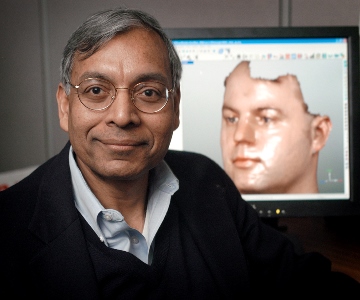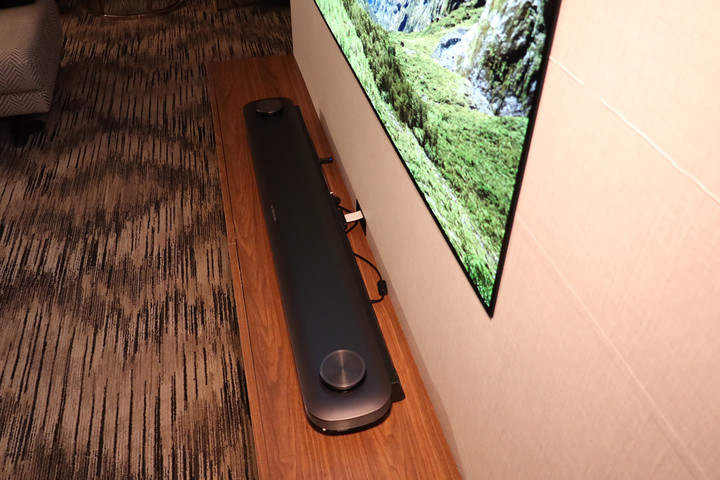Making Sense of All That Data: IoT Finds Its Missing Link | Electronics360
Casual observers of the Internet of things likely think it’s all about automating appliances and entire homes, as well as devices like wearables that will supposedly make their lives better. But delve deeper into IoT and a different picture emerges: if this is all IoT had to offer, it wouldn’t be that big of a deal. In reality, the real revenue generating goldmines for the companies involved in making IoT happen are everything but consumer applications.Manufacturing, “smart” cities, medicine, agriculture, the energy industry, utilities and similarly large enterprises are the type of applications driving IoT. They are collectively greater in size than the combined total of projected consumer applications and IoT provides a solution for improving their performance in many ways. For these benefits to occur, the massive amounts of data generated by IoT devices must be highly analyzed and converted to a form from which people can derive significant benefits. It’s a monumental task, which is why cognitive computing, artificial intelligence and machine learning are essential.Although Microsoft, Amazon, and other companies provide capabilities to accomplish all or some of these functions, the best example is IBM, which has invested heavily in cognitive computing, created the first major AI platform (Watson) in which it has invested billions of dollars, and is expanding the range of applications it serves.
Source: Making Sense of All That Data: IoT Finds Its Missing Link | Electronics360
















